A comprehensive guide to vegetarian proteins
There's no reason that a vegetarian — or vegan — diet has to be protein deficient
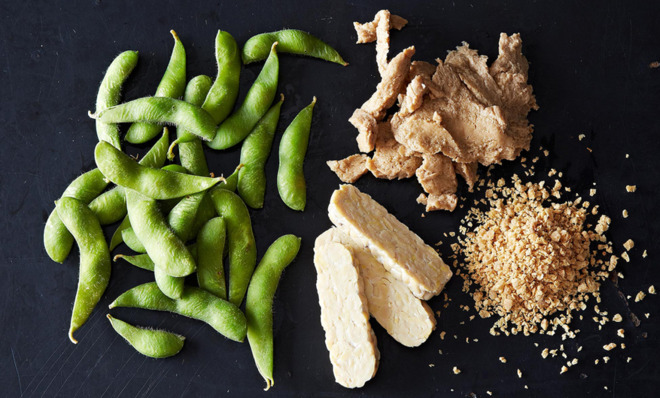

Whoever said vegetarians can't get enough protein was just plain wrong. With beans and lentils, nuts, eggs and protein-packed whole grains like quinoa all as options, there's no reason that a vegetarian — or vegan — diet has to be protein deficient.
Sometimes, though, we need that extra boost — and that's where these vegetarian proteins come in. Edamame, tofu, tempeh, and textured soy protein are all high protein soy bean-based foods, while seitan is a chewy meat-like product made from wheat protein.
With such a wide array of culinary properties, these proteins are ready to be used in whatever way you want. Maybe you'll start adding edamame to salads or adding crumbled tempeh to your burritos, and you'll leave textured soy protein for others to experiment with. It's up to you.
The Week
Escape your echo chamber. Get the facts behind the news, plus analysis from multiple perspectives.

Sign up for The Week's Free Newsletters
From our morning news briefing to a weekly Good News Newsletter, get the best of The Week delivered directly to your inbox.
From our morning news briefing to a weekly Good News Newsletter, get the best of The Week delivered directly to your inbox.
Here's how the vegetarian proteins compare in terms of protein content per 100 grams:
Edamame: 11 grams
Tofu: 8 grams
Tempeh: 19 grams
A free daily email with the biggest news stories of the day – and the best features from TheWeek.com
Textured Soy Protein: 50 grams
Seitan: 75 grams
Edamame
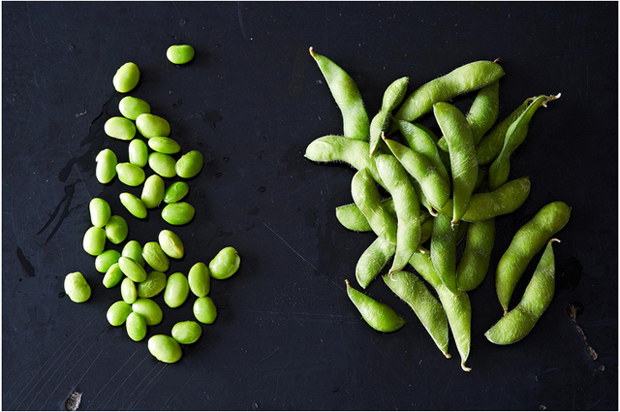
What is it?
This is the least processed form of soy protein around. The shiny, green edamame are soy beans that have been harvested at 80 percent of their growth. They're available fresh or frozen, in their pods or already shucked.
What it's good for?
Edamame are plump, sweet, and buttery, with a high protein content to boot.
What should you do with it?
In pod, edamame make the perfect finger-food appetizer, as you've probably noticed at every sushi restaurant. Boil in salted water for about a minute, then drain, or steam in a microwave. Substitute edamame for lima or lava beans in any recipe. Roast the beans in the oven until they're crisp on the outside and chewy on the inside. Add edamame to salads or go wild and process it into hummus.
Tofu
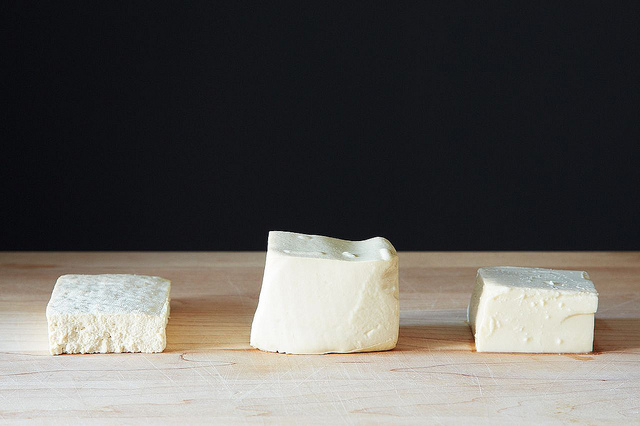
Start experimenting with tofu, which is made by coagulating soy milk, and you'll open up a whole culinary world of tofu burgers, tofu chocolate mousse and tofu stir-fries. Everything you need to know about tofu has been consolidated into one handy post.
Tempeh
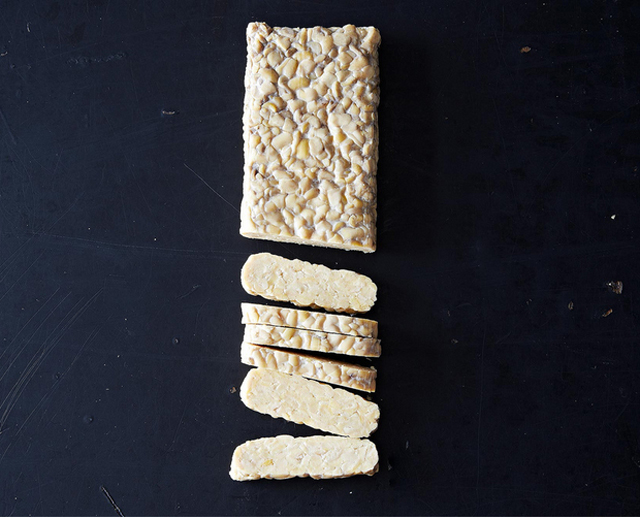
What's it good for?
Tempeh has a strong umami flavor, a firm texture, and is high in protein (about 19 percent protein by weight). It is a whole soybean food, which means it's also rich in fiber, B vitamins and many amino acids.
What should you do with it?
Unlike tofu, tempeh has a distinctly nutty flavor. Prepare tempeh by marinating it in soy sauce, ginger, and vinegar and baking or pan-frying until crispy. Chop up cubes and add them to stir fries. Throw tempeh on the grill. Crumble tempeh into hot oil and cook it until golden, then use it as a topping on salads and pizzas or add it to soups and chili.
Textured Soy Protein (a.k.a. TSP or TVP)
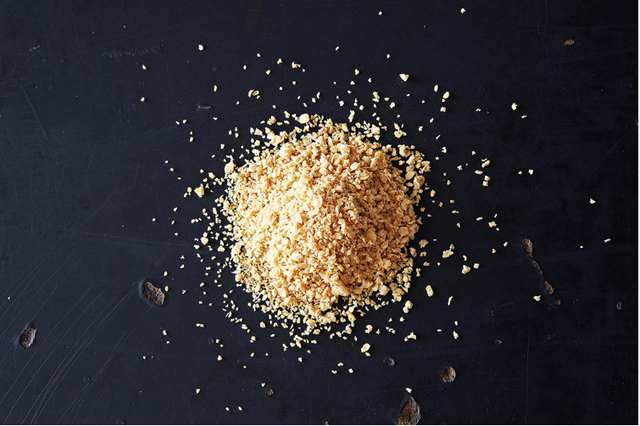
What is it?
After soybean oil has been extracted from soy flour (the flour's been "defatted"), the flour is cooked under pressure, extruded and dried to make TSP, otherwise known as soy protein isolate. TSP comes in granules, flakes and chunks.
What's it good for?
High in protein and fiber, TSP is often used as a meat substitute, mostly in commercial food products like frozen entrées, energy bars and protein drinks.
What should you do with it?
Before it can be eaten, TSP needs to be reconstituted in hot water for about 10 minutes or during the cooking process. Soak in water or vegetable stock until soft, then add it to casseroles, soups and chili as a replacement for ground meat.
Seitan
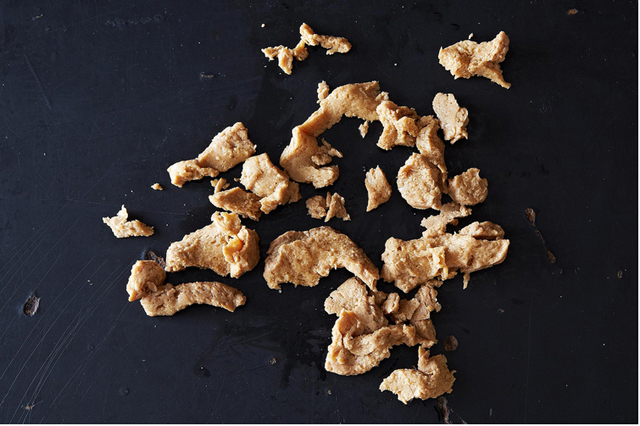
What is it?
You may have heard seitan (pronounced like say-tan, not satan) also called wheat meat or gluten meat. Whatever you call it, seitan is basically a dough made from gluten, the main wheat protein. When vital gluten flour is washed with water, the starches dissolve and what's left behind is a mass of insoluble gluten with a meaty texture.
What's it good for?
If you've ever had mock duck or mock chicken, you've had seitan. It's chewy, flavor-absorbent, and can be grilled, broiled, roasted, panfried, or breaded. When cooked, seitan takes on the look and texture of meat, which makes it a common meat substitute.
What should you do with it?
The first thing you should know is that you can make your own seitan at home; homemade seitan is cheaper and can be seasoned however you want. Once you've got seitan (homemade or store-bought), give it a nice crisp by pan-searing, grilling, roasting or broiling. Try using it as a substitute for tofu in stir-fries and braises.
This article originally appeared on Food52.com: All about vegetarian proteins
More from Food52...
-
 How the Bondi massacre unfolded
How the Bondi massacre unfoldedIn Depth Deadly terrorist attack during Hanukkah celebration in Sydney prompts review of Australia’s gun control laws and reckoning over global rise in antisemitism
-
 Received a gift card this holiday season? Here’s how to maximize it.
Received a gift card this holiday season? Here’s how to maximize it.The Explainer Make the most of your present
-
 ‘Lumpy skin’ protests intensify across France as farmers fight cull
‘Lumpy skin’ protests intensify across France as farmers fight cullIN THE SPOTLIGHT A bovine outbreak coupled with ongoing governmental frustrations is causing major problems for French civil society